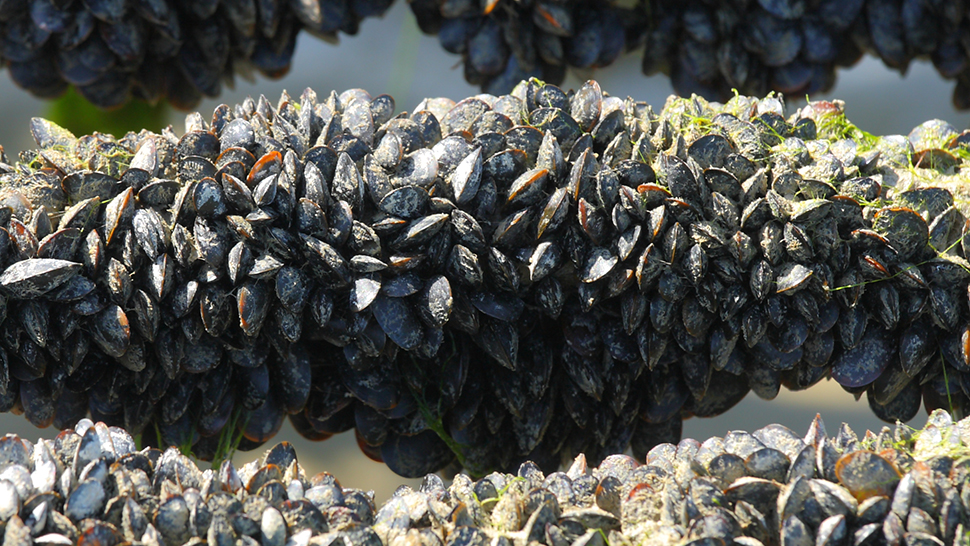
It’s National Seafood Month, and the best way to celebrate is to learn to spot sustainable seafood. What is “sustainable” seafood, exactly? It’s seafood that has either been caught or farmed in a way that minimizes negative impacts on the environment. Our chefs are expert spotters — and you can easily become one, too.
Every seafood meal you enjoy in your Bon Appétit café year-round (not just during National Seafood Month) is sourced in alignment with the recommendations of the Monterey Bay Aquarium’s Seafood Watch program, which is renowned worldwide for setting the environmental sustainability bar for seafood. The program’s transparent, science-based criteria and species-specific recommendations and reports are regularly updated and peer reviewed to ensure scientific integrity.
Seafood Watch categorizes species as as “Best Choice” (fewest environmental impacts), “Good Alternative” (some environmental impacts of concern, but an option if a Best Choice isn’t available), and “Avoid” (don’t buy because the species is overfished or caught or farmed in a way that harms the environment or other wildlife), based on their geographic origin and catch method. Since 2002, Bon Appétit has followed Seafood Watch’s recommendations for both wild-caught and farmed seafood, striving to purchase only seafood that has either a “Best Choice” or “Good Alternative” ranking.
Clearing Up Confusion
So is wild-caught seafood more sustainable than farmed? If only it were that easy. Seafood Watch uses separate sets of science-based performance criteria for wild fisheries and aquaculture operations (fish farming). Among many criteria for wild fisheries are the health and abundance of fish populations, environmental impacts of fishing gear, and level of bycatch (the unintentional catch of non-targeted species). For aquaculture, the criteria include discharge of waste; type, frequency, and impact of chemical use; and sustainability of fish feed. Literally hundreds of factors are scored and used to calculate the rankings. If you’re interested in a deep dive into the science, the full reports are published online. Or you can skim the surface with confidence by relying on that red, yellow, green ranking system.
Answers at Your Fingertips
You can quickly determine which species to buy when shopping at the grocery — learning to cook seafood at home is trending right now — or when you order takeout. All of Seafood Watch’s recommendations are available via the free Seafood Watch app or on their website. Simply type the species name into the search bar on the app and scroll to find the recommendation for where that species was caught or farmed, which is information that grocery stores are required to provide on a label or sign.
In times like these, taking simple steps to stay committed to our values helps keep us all centered. Seeking out sustainable seafood is one way to fight for healthy oceans for future generations.